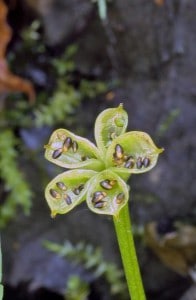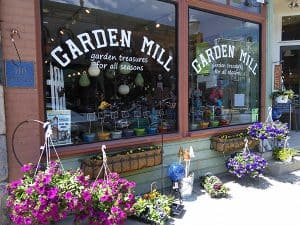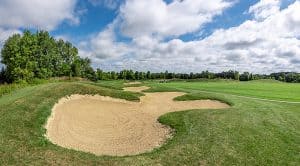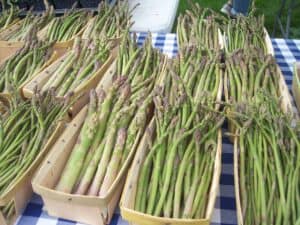
(Chelsea Update would like to thank Tom Hodgson and the Waterloo Natural History Association for the information and photos in this story.)
The Marsh Marigold is not a marigold at all, but a member of the buttercup family. It is found in many area marshes, hardwood swamps and along wooded streams. It is now in full bloom and will be through most of the remainder of the month. Its brilliant yellow color is unsurpassed by any other wildflower.

Oddly enough, the bright yellow petals are actually modified leaves as is also the case with the creamy-white blossoms of flowering dogwood. The actual flowers are small and clustered in the center of each blossom. The leaves of marsh marigold are heart-shaped to kidney shaped and deep green. All parts of the plant are poisonous when ingested raw, and are even avoided by most wild animals. Perhaps that is the reason that they seem to persist unmolested during their blooming season.
Once the blossoms are spent, seed pods form and open to spill their seeds on the ground. These seeds can be collected when ripe and planted immediately in moist soil. You may sprinkle the seeds along stream banks, the shores of ponds or any low moist area. They also do well along any backyard water feature. Marsh marigold does well in partial shade as well as in full sun. Once established in suitable habitat they thrive on neglect.
Those with a green thumb can increase their odds of success. As soon as the seeds are ripe they can be planted in a good quality seed compost or garden compost. Plant individual seeds in pots and keep them well watered but also ensure that the pots are well drained. Once they do germinate, the plants do very well and can be transplanted.
Plant the potted seedlings as soon as they are about 2-inches tall with several healthy leaves. Once transplanted, the seedlings must be well watered until they are established. After that they will need little additional attention. Then one can look forward to the appearance of these bright yellow blossoms every spring.





















